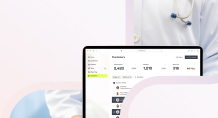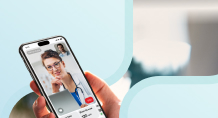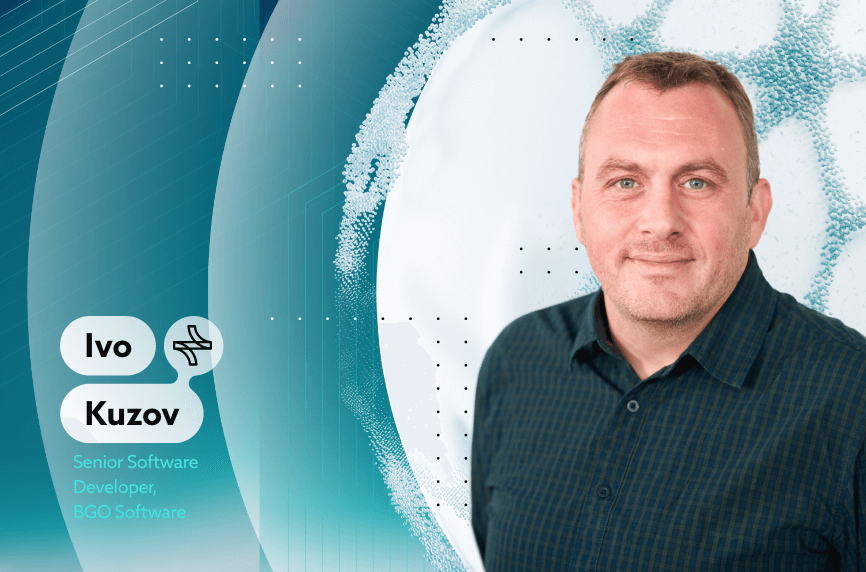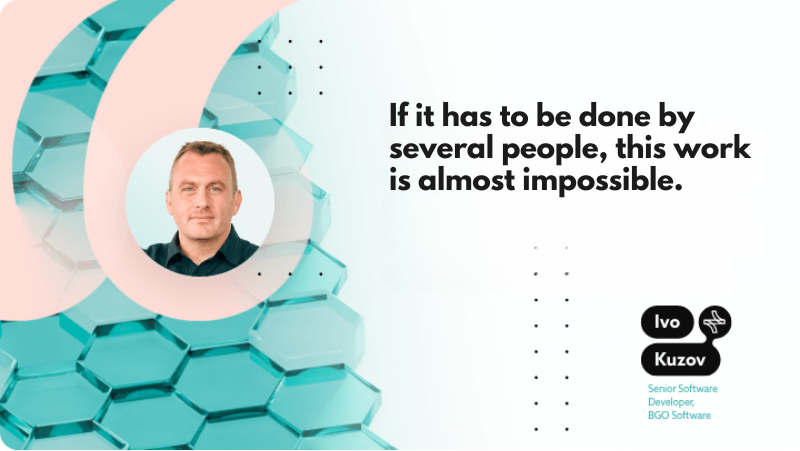What are patient support programs?
Patient Support Programs (PSPs) provide a range of services to assist patients in beginning and maintaining their medications in the pharmaceutical sector. Some examples include Patient Assistance Programs (PAPs), patient education, clinical trial support, and physician support. PSPs also involve field role partnerships for training on injections and devices, as well as concierge services for travel and accommodations.
The goal of these programs is to help patients overcome barriers to access and adherence to various types of therapy. The programs are tailored to specific therapeutic areas and medications, further highlighting their implementation’s added value. In the United States, such programs are widespread due to the country’s complex healthcare and insurance systems. However, recently, there has been an increase in the implementation of the programs internationally.
Pharmaceutical corporations, healthcare providers, or outside organizations frequently sponsor such programs. Their objective is to increase therapy adherence and improve patient outcomes. Additionally, they offer patients logistical and emotional support.
The role of software in patient support programs
In today’s rapidly advancing field of clinical research, patient focus remains a top priority for medical facilities. Clinical research organizations (CROs) recognize the need to adapt their approaches as technology evolves. This has led to the creation of patient support program (PSP) software, which streamlines the patient journey while enhancing clinic staff efficiency.
By implementing effective software solutions, clinical organizations can improve patient engagement and research team workflow. This article shows key aspects of building software for patient support programs for CROs, focusing on strategies and best practices that can lead to more patient-centered clinical trials.
BGO’s expert, Ivo Kuzov, tells us how the software contributes to these clinical trials, how such organizations looked before this type of software existed, and how they look now.
What is patient support software?
Patient support software is a digital tool that healthcare organizations use for clinical research to improve or maintain the condition of patients participating in clinical trials.
The purpose of this type of software is:
- To improve the quality of collecting and storing patient data;
- To increase patient engagement;
- To improve practices and adherence to generally accepted research protocols;
- To enhance the workflow of medical staff and research teams.
Software like this is of great help to healthcare organizations as it allows easier management of the data collection process and provides better protection and transparency. PSP software is designed to build confidence in patients participating in clinical trials by meeting their needs related to administrative commitments of treatment or simply monitoring their condition. In addition, such a system reduces the costs of an organization through the automation of various processes.
Patients with chronic diseases require prompt, specialized care during a crisis episode. They need to be carefully monitored. Information gathering and condition analysis are also essential. Doctors use this type of data collection to make decisions about future treatments.
According to specialist Ivo Kuzov, employees of hospitals and health organizations that have implemented this system need to be able to properly operate it and take care of the people they are treating. He adds that it’s critical that patients receive enough monitoring.
These systems for chronically ill patients monitor:
- Whether patients take their medications;
- Whether they are provided with medication;
- What happens after taking medication (for example, blood results are analyzed; tests are done at time intervals – weekly or monthly, with different plans according to the patient’s condition).
PSP systems offer thorough monitoring to guarantee that patients with chronic illnesses take their medications as prescribed, receive them on time, and track their results effectively.
Key elements and tools of a successful patient support program
The key elements of a PSP system aim to facilitate access to information and engage patients and medical staff in the smooth running of the clinical trial.
- Multi-channel communication: Information reaches patients through a variety of social channels such as email, SMS, mobile apps and web portals.
- Personalized communication: The patient will be more engaged in the study if he receives personalized content synthesized for his needs and interests.
- Medication and Appointment Reminders: An additional plus of the software will be if it notifies the patient about medication or doctor’s visits.
- Elements of Gamification: Special features can be added to mark achievements, such as awarding badges or points, allowing the patient to feel a sense of progress and engagement from participating in clinical research.
- Patient Education: Patients will be able to better understand the purpose of the examination as well as the procedures they undergo if they have easily accessible multimedia content and documentation with useful and cataloged explanations.
- Self-service portals: Self-service portals are useful as patients can book an appointment or receive an online consultation from the comfort of their own homes. Which eliminates waiting in queues and eases the work of the medical staff.
- Electronic Patient Reported Outcomes (ePRO): PSP software often includes ePRO tools that enable patients to report their overall health outcomes directly through the platform in real-time.
- Integration of wearable devices: Wearable medical devices help medics remotely monitor the patient’s condition in real-time. This acts as a reassurance to both doctors and reassures patients that someone is there to care for them.
- Data Privacy and Regulatory Compliance: Compliance with data privacy regulations such as GDPR, HIPAA, and other relevant laws protects sensitive patient information.
- Encryption and authentication: Another way to implement data protection is by encrypting it.
- Screening Tools: PSP software can facilitate recruitment by screening patients for eligibility, ensuring that only qualified candidates are enrolled.
By integrating these core components, PSP software helps create a patient-centric environment that improves trial efficiency and outcomes.
Challenges in developing and implementing the software
According to software expert Ivo Kuzov, the most significant challenges in developing medical software are not technological but result from how the systems’ business logic is constructed.
From his expertise, he believes it is crucial to establish communication between the direct users of such systems – the doctors and the engineers designing the system.
Building an application’s useful business logic requires effective communication between developers, project managers, and medical facilities (the customer). It’s also a good idea for development team members to meet often. As a result, it becomes simple to keep track of the project’s status, see possible issues early on, and take swift action to fix them, saving both time and money.
Another difficulty may arise in the face of different regulations in different countries and territories. Competence and additional familiarity with the software’s purpose from a medical and technical point of view and an ethical point of view are required. Basic quality standards accepted as fundamental throughout the world must be respected.
The BGO expert also shared the uncertainties related to data security.
The BGO specialist explained that the risks of misuse of personal data in health care can even be caused by telephone scams against elderly people. Suppose a hacker discovers a person’s medical records of an illness and tracks down their relatives. In that case, they can take advantage of that information and extort money from the relatives on the pretext that it is needed for emergency treatment.
Anything hackers know more about the person they’re attacking is a bonus and helps them strategize. The interesting thing about hackers is that they are not just people who try to find a password to access your data. They are also people who understand and study the behavior of their victims.
Kuzov pointed out that this is the main reason why fishing emails encourage emotional decision-making and rash actions.
Benefits of implementing PSP software in healthcare clinic
BGO’s expert also noted that including the patient in this software can benefit the clinical organization. This can be done by notifying them through test result notifications or upcoming medical examinations.
Another added value of the chronic patient monitoring system is that it prevents human error. Ivo Kuzov gave an example of a similar system using a contingent of assistants assigned to care for a certain number of patients. He explains that the medications that patients with chronic diseases must take are often expensive, difficult to find, and bought only by special prescription and given according to a schedule.
The assistants’ job is to see that the pharmacies where the patients are supposed to get these drugs are stocked with them and that the patients have taken them. Monitoring methods are phone calls and verification of protocols and documents. All this is done through a complex system for each patient.
The IT specialist Ivo Kuzov talked about another project related to chronic diseases such as Parkinson’s, schizophrenia, etc. There, it is also necessary for patients to take their medications in a specific order and schedule, and it is also required for patients to take blood tests every two or four weeks, depending on the intake. Based on these blood tests, it is determined whether the treatment process has any benefit, whether it has no harmful effect, whether it should be stopped, or whether the regimen should be switched.
The software processes a large flow of information and data, systematizing and cataloging it for easy access later. As noted above, such systems aim to maximally facilitate the work process of medical personnel when working with patient data. The software decides when to notify doctors about problematic patients with health risks or test abnormalities based on markers set by the medical professionals.
Manual review of tests such as blood tests is a much slower process and results in follow-up activities that the program can perform much more quickly and accurately without a miss. An example for greater clarity would be a blood test from which, under given medical norms and protocols, the software detects decreased white blood cells.
As a consequence of this result, different medical persons should be notified for a second opinion, subsequent treatment, or simply for saving in the database so that the patient can see these results.
The BGO expert also said that the system could trigger a series of processes to notify all interested parties after discovering a problem in the results of a patient.
Best practices in designing PSP software
Developing software for Patient Support Programs (PSP) at Clinical Research Organisations (CROs) requires attention to best practices that support patients’ engagement, compliance, and usability.
Ivo Kuzov emphasized that one of the biggest challenges for clinical organizations is to protect the personal data of patients and the organization itself. For patients to feel safe giving information about themselves, all data must be encrypted.
Another good practice that has been in place for several years is implementing role-based access control (RBAC) and multi-factor authentication (MFA) to limit access to sensitive data.
Ivo Kuzov says that with both systems he worked on related to monitoring patients with chronic diseases, things were borrowed from the previous systems that the hospitals used. He explained that the old systems had much less functionality than the new ones.
Due to the rapid development of technologies and their entry into all spheres of work, new regulations and requirements related to data protection have been introduced in the last few years. New systems must meet all these requirements to be approved and implemented.
However, Kuzov advised that it is good practice for new projects such as these systems to relate to and resemble old, similar models. This would enable faster integration of the system into the workflow of the medical staff.
Regulations and compliances when building PSP software
Patient Support Program (PSP) software must comply with various rules to ensure that all legal regulations are met, to ensure the safety of research patients, and to protect their data.
Some of the main provisions are:
- General Data Protection Regulation (GDPR) – European Union: GDPR regulates the collection, processing, and storage of data of natural persons in the European Union.
- Health Insurance Portability and Accountability Act (HIPAA) – United States: HIPAA regulates the handling of protected health information (PHI) in the United States. For PSP software to be approved, it must guarantee personal data protection with special measures, offer confidentiality, and have developed procedures for action in case of information leakage.
- 21 CFR Part 11 – United States (FDA): The regulation monitors and governs the electronic records and signatures of clinical trials in the US. PSP software must maintain audit trails, validate performance, and provide accurate and adequate records.
- Guidelines for Good Clinical Practice (GCP) – International: GCP systems must ensure clinical research and work’s ethical and scientific quality. Tryavba to secure the necessary patents’ scientific rights and protect them from plagiarism.
- ISO 27001 – International (Information Security Management): ISO 27001 is an international standard for information security. The software must be equipped with a management system that guarantees the confidentiality and integrity of the data.
These standards guarantee that PSP software eventually supports morally and effectively conducted clinical trials by upholding strict patient rights, security, and data protection guidelines.
Discover how we can help outsource Healthcare projects efficiently Speak to an expert today, and see how our on-demand IT talent and augmented teams can efficiently deliver value at every step of your roadmap.

Future tendencies in patient support programs software
Ivo Kuzov has observed that the latest trend involves leveraging artificial intelligence in online assistants and chatbots. He highlights that the advancement of systems in the medical industry is increasingly focused on integrating AI into these technologies.
The specialist gave an example of a project related to developing a chatbot trained specifically on instructions for a liver carcinogen. This AI chatbot is trained only on the specific materials for the particular disease. The chatbot also helps students and doctors from the medical university in Plovdiv with easier and faster access, synthesis of information, and much more.
It can also be used as an assistant to teachers and to prepare exam materials and tests on the subject in which it was trained. Kuzov believes that artificial intelligence can find applications in data processing, and even more so than before, it was challenging to process large data clusters. Now, there is a real opportunity to process Big data with the help of machine learning models.
Devices like this are also a good way to create a general idea of the health status of people in a certain area and their habits. This makes it simple to identify external elements that have a favorable or negative impact on the population and to take action to enhance these factors to improve people’s conditions tangentially.
According to the specialist, another trend entering patient care is virtual reality. He did not rule out the possibility of making examinations in virtual space using virtual glasses.
Ivo Kuzov noted that the creation of electronic devices for personalized health has received significant funding from major health organizations for a while now. Smart medical devices such as smart bracelets and watches allow quick and easy monitoring of a patient’s vital signs and signals when there is an irregularity.
This approach allows easy patient access, tracking, and more personalized support for each person. In some such devices, patient-specific parameters can be entered.
Conclusion
Ultimately, these features help make clinical trials more effective by increasing patient retention and producing higher-quality data.
PSP software provides a patient-centric experience that builds trust and maintains records while enhancing data quality and compliance by utilizing technology to assist patients throughout their healthcare journey.
By using these cutting-edge solutions, CROs may carry out clinical trials with increased efficacy and dependability, eventually improving patient outcomes and the state of healthcare.

















